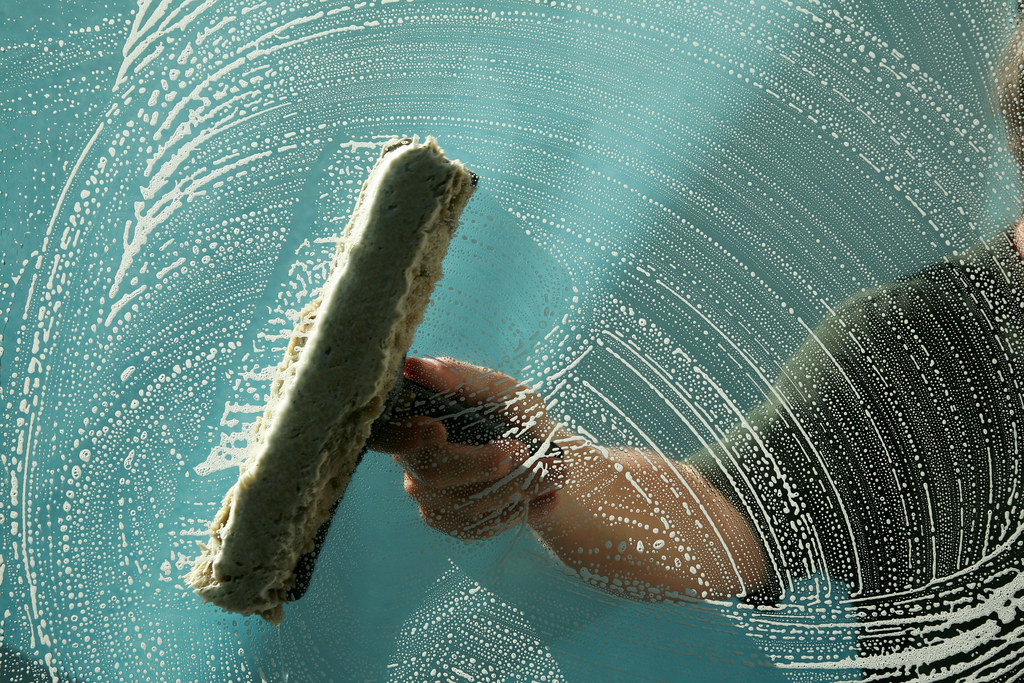Achieving Crystal Clear & Clean Windows
When it comes to cleaning windows, achieving a streak-free finish is often the most challenging part. Streaks can detract from your home’s appearance and obscure a beautiful view. Fortunately, there are effective methods you can use at home to ensure your windows are sparkling clean. This article explores two prominent techniques: using a squeegee and employing a deionization tank system. We’ll delve into each method’s pros and cons and provide practical tips to help you achieve the best results.
Understanding Streaks and Their Causes
Before we dive into the cleaning methods, it’s important to understand what causes streaks. Streaks typically occur when the cleaning solution dries before it’s been fully removed from the glass surface. This can happen due to several factors, including using too much soap, cleaning in direct sunlight, or using contaminated water.
Method 1: Using a Squeegee
The squeegee is a popular tool among professional window cleaners and for good reason. It effectively removes water and cleaning solution from glass without leaving streaks behind.
How to Use a Squeegee
- Prepare the Solution: Mix a small amount of dish soap with water in a bucket. You want enough soap to create suds but not so much that it leaves a residue.
- Wash the Window: Dip a scrubber or sponge into the solution and clean the window, making sure to cover every inch.
- Squeegee the Window: Start at the top corner and pull the squeegee down in a straight stroke. Wipe the squeegee blade with a clean towel between strokes and ensure the next stroke overlaps slightly with the last.
- Wipe Edges: Use a clean microfiber cloth to wipe any remaining drips around the edges of the window.
Pros and Cons of Using a Squeegee
- Pros:
- Provides a streak-free finish.
- Efficient for large areas.
- Relatively quick once you get the hang of it.
- Cons:
- Requires some technique to avoid marks.
- Can be physically demanding for large homes.
- Involves an initial investment in quality tools.

Method 2: Using a Deionization Tank
For those seeking a more advanced solution, a deionization tank offers a high-tech option. This system uses filters to remove minerals and impurities from water, ensuring that no residues are left on the glass after washing.
How to Use a Deionization Tank
- Set Up the Tank: Connect the tank to your water source according to the manufacturer’s instructions.
- Clean the Windows: Use the pure water to wash the windows. You can apply it with a brush or a sprayer.
- Let Dry: Since the water is highly purified, it can be left to dry on its own without leaving streaks or spots.
Pros and Cons of Using a Deionization Tank
- Pros:
- Leaves no residue or streaks.
- Water can dry naturally.
- Ideal for areas with hard water.
- Cons:
- More expensive than traditional methods.
- Requires maintenance of the tank and filters.
- Less practical for small or infrequent jobs.
Which Method Should You Choose?
The choice between using a squeegee and a deionization tank depends on your specific needs. If you are dealing with large areas or particularly stubborn residues, a deionization tank might be the better option. For everyday cleaning and ease of use, a squeegee does the job excellently.
Conclusion: Why Not Leave It to the Professionals?
While both methods can be effective, they do require time, effort, and sometimes a significant investment in tools. For those who value their time and prefer a guaranteed streak-free finish, professional window cleaning services like Urban WindowWash are the perfect solution. Our team uses professional-grade equipment and techniques to ensure your windows are not just clean but stunningly clear.
Schedule an appointment with Urban WindowWash today and save your time for the things that matter most. With our help, you can enjoy very clean windows and stunning views without lifting a finger. Give us a call to see how we can make your windows sparkle!

